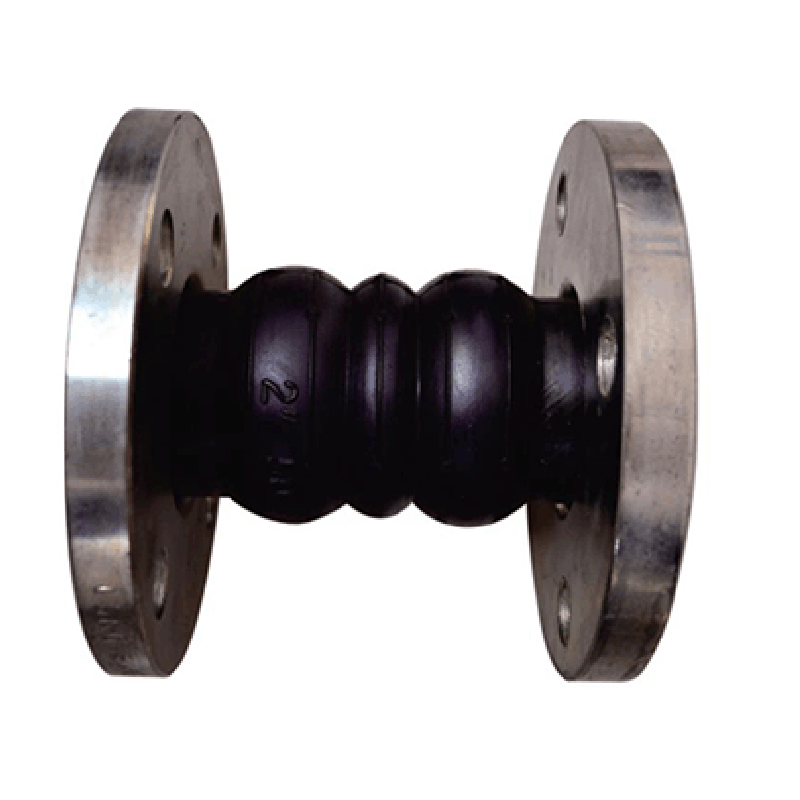9 月 . 29, 2024 08:53 Back to list
Exploring Methods for Dismantling Joint Structures in Engineering Applications
Understanding Dismantling Joints in Engineering Applications
In various engineering and construction projects, the efficiency and effectiveness of structural assembly and disassembly are paramount. One critical component that facilitates this process is the dismantling joint. Dismantling joints are specialized design features that enable the easy assembly and disassembly of structures, creating a flexible approach to construction that has numerous applications across diverse industries, including civil engineering, mechanical engineering, and product manufacturing.
What is a Dismantling Joint?
A dismantling joint is a connection point in a structure that allows two or more components to be joined together securely but can be disassembled easily when required. Unlike conventional joints, which may rely on permanently fixed methods such as welding or adhesive bonding, dismantling joints are designed to be reusable and adjustable. They often utilize mechanical fasteners, such as bolts, screws, or even innovative locking mechanisms that can be engaged and disengaged to facilitate the transport, maintenance, or modification of large assemblies.
Benefits of Dismantling Joints
1. Ease of Maintenance One of the most significant advantages of dismantling joints is the ease with which a structure can be maintained. In many engineering applications, regular inspections and maintenance are necessary to ensure the longevity and safety of the system. Dismantling joints allow engineers to access various components without having to dismantle the entire structure. This accessibility reduces downtime and minimizes operational disruptions.
2. Cost-Effective Solutions The ability to disassemble and reassemble parts without damage means that components can be reused in future projects or applications. This not only saves on materials but also reduces costs associated with manufacturing new parts. The manufacturing process can also be streamlined, as components that can be easily adjusted or replaced help reduce overall labor costs.
3. Flexibility in Design Dismantling joints permit designers to create more complex and innovative structures. The use of detachable components allows for modular designs, which can be easily modified or expanded as project requirements evolve. Such flexibility is essential in industries where changes in technology or application can rapidly shift project needs.
di dismantling joint

4. Sustainability With a growing emphasis on sustainable practices in engineering and construction, dismantling joints contribute to a more eco-friendly approach. As components can be easily disassembled and reused, the waste associated with traditional assembly and disassembly methods is significantly decreased, aligning with environmental goals.
Applications of Dismantling Joints
Dismantling joints find their applications in various domains. In civil engineering, they are used in the construction of bridges, where segments may need to be disassembled for repairs or inspections. In mechanical engineering, dismantling joints are employed in machinery and equipment, allowing for easy maintenance and upgrades.
Additionally, in product design, dismantling joints are increasingly being integrated into consumer goods, furniture, and electronics to facilitate transportation and assembly by end-users. This trend not only improves user experience but also enhances product adaptability across different markets.
Design Considerations
While dismantling joints offer numerous benefits, they must be thoughtfully designed to ensure they meet structural integrity and safety requirements. Engineers must consider factors such as load-bearing capacity, material selection, and the intended use of the joint. Proper alignment during assembly is also crucial to ensure the joint remains secure during the operational life of the structure.
Conclusion
In conclusion, dismantling joints represent a vital aspect of modern engineering and construction practices, enabling flexibility, ease of maintenance, and sustainability. As industries continue to embrace modular designs and efficient solutions, the importance of dismantling joints will only continue to grow. By understanding and implementing these innovative joint designs, engineers can ensure more adaptive, robust, and economically feasible projects that meet the demands of the future.
Share
-
Understanding the Differences Between Wafer Type Butterfly Valve and Lugged Butterfly ValveNewsOct.25,2024
-
The Efficiency of Wafer Type Butterfly Valve and Lugged Butterfly ValveNewsOct.25,2024
-
The Ultimate Guide to Industrial Swing Check Valve: Performance, Installation, and MaintenanceNewsOct.25,2024
-
Superior Performance with Industrial Swing Check Valve: The Essential Valve for Any SystemNewsOct.25,2024
-
Industrial Swing Check Valve: The Ideal Solution for Flow ControlNewsOct.25,2024
-
You Need to Know About Industrial Swing Check Valve: Functionality, Scope, and PerformanceNewsOct.25,2024